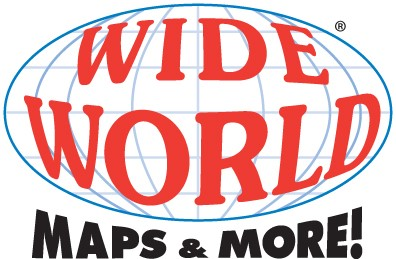Responsible Geocaching
|
Responsible Geocaching As the sport of hiding and finding "treasure boxes" with Global Positioning System (GPS) receivers known as "geocaching" becomes ever more popular, land managers, park superintendents, interpreters, and others are becoming more concerned about its practice. We all want to encourage people to get out onto the landscape, enjoy it, and protect it, but with millions of geocachers and over 300,000 active caches in 222 countries thus far, this practice may conflict with the philosophy of minimizing human impact on any land or cultural resource. Impacts may range from wildlife discovering food being placed in geocaches, to off-trail trampling to find geocaches, to geocaches being placed in sensitive or protected areas, and more. Geocaching policies vary among countries and among agencies within the USA. They are prohibited in US National Parks and in wildlife refuges. The US Forest Service has no official policy on geocaching yet, but many forests have regulations prohibiting leaving anything on the land for more than two weeks. No caches of any kind are allowed in wilderness areas. The Bureau of Land Management allows geocaching in many places, but permission must be granted before a cache is left. Many cities and counties have prohibited or sharply restricted geocaching in their parks due to security issues. Others sponsor one-day controlled events or allow small or see-through containers. Indeed, many geocaches are small - some as small as a 35mm film container. The essentials of responsible geocaching, as espoused by Leave No Trace and the US Forest Service partner nonprofit Tread Lightly, are as follows: Never bury caches. Never leave food items in a cache. Avoid sensitive areas such as wetlands, steep slopes or archaeological sites. Leave caches only on durable surfaces along existing trails. Keep vehicles on designated roads and trails. Replace rocks or other natural objects lifted during a search. Find routes that minimize impact. Leave places looking as if the seekers had never been there. Check with local land managers for restrictions before placing or seeking a cache. Indeed, more and more geocaches do not involve a human-placed container at all. Earthcaching, for example (www.earthcache.org), describes physical or cultural objects that are already on the landscape, often coupled with lessons that encourages people to visit the site and think about what and why it is there. These objects can be a roadcut, a historical site, a geologic unconformity, a confluence of rivers, or any other physical or cultural feature. Waymarking (www.waymarking.com) is a way to mark unique locations on the planet and tell others about it, and may include a library, an outdoor maze, a restaurant, or anything else. As recreational GPS coupled with online mapping sites and Virtual Globe software matures, geocaching will become increasingly popular. We must see to it that we use these technologies responsibly and protect what we know to be valuable on the landscape. |

